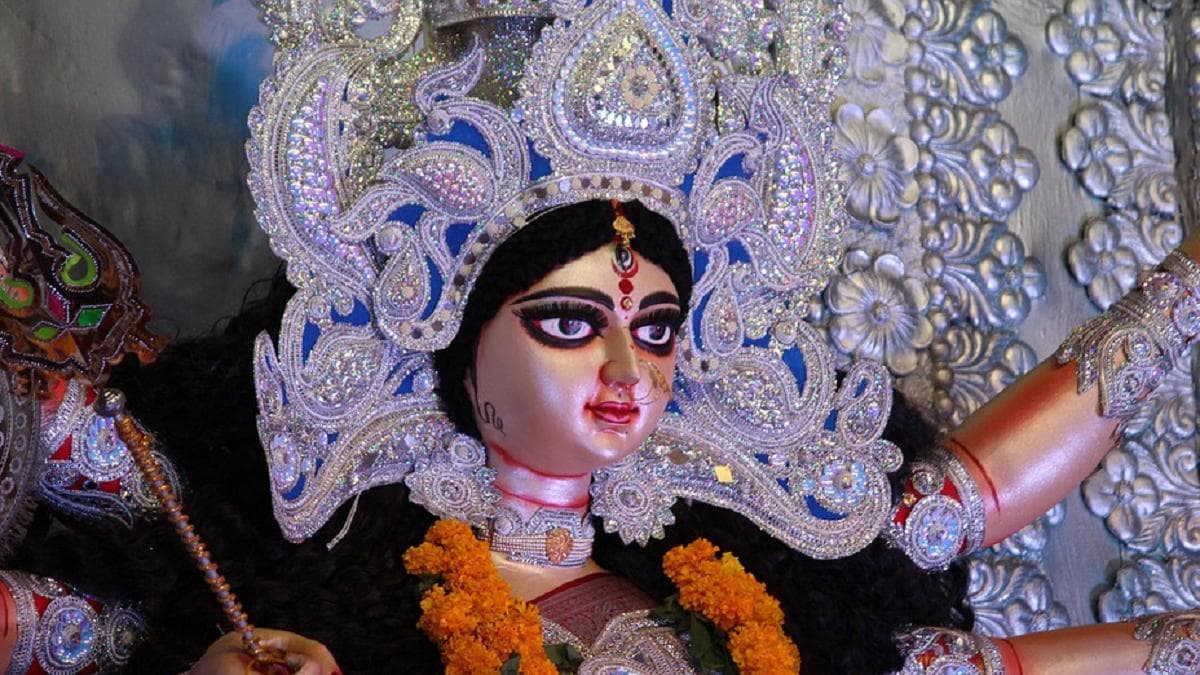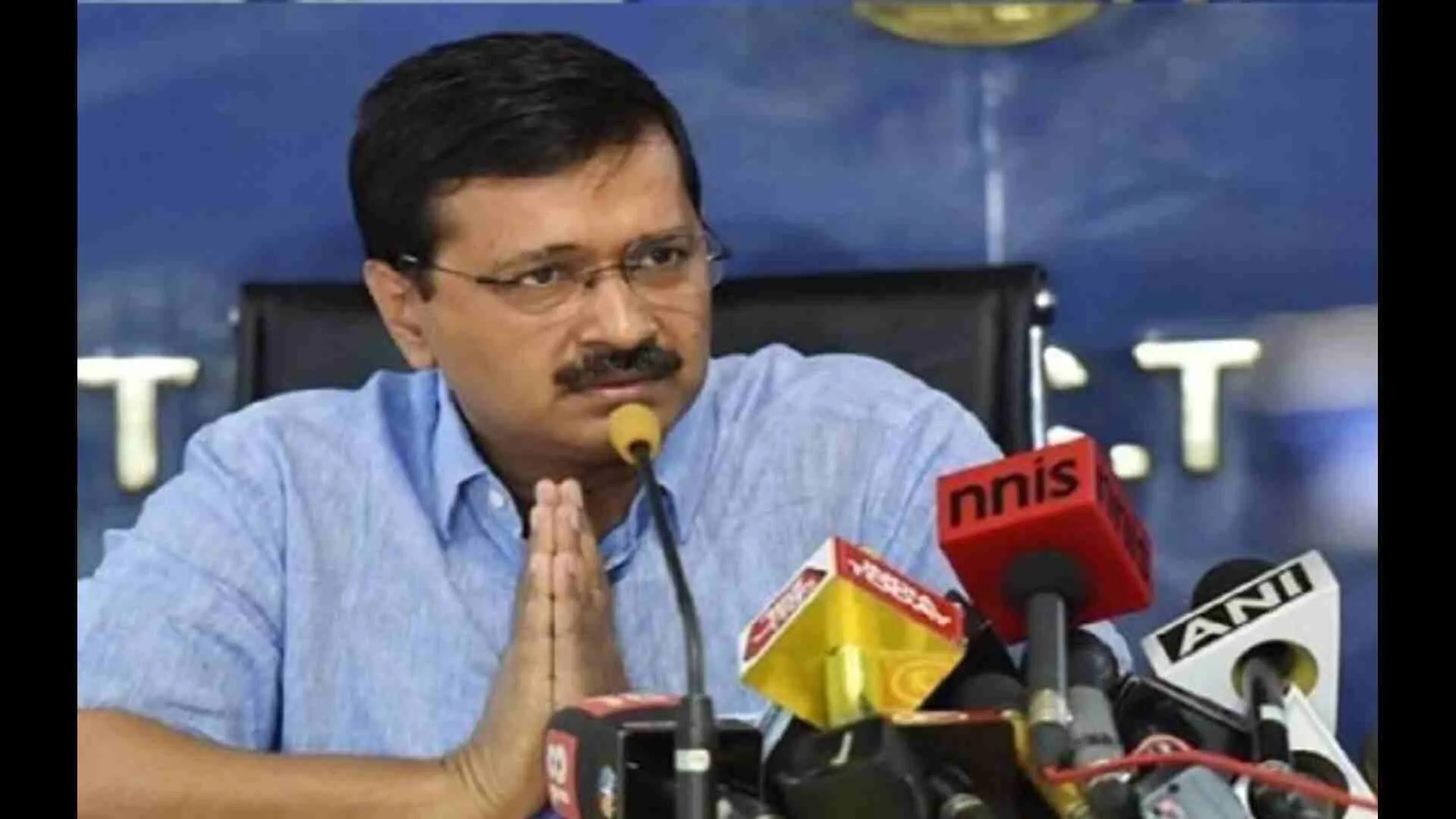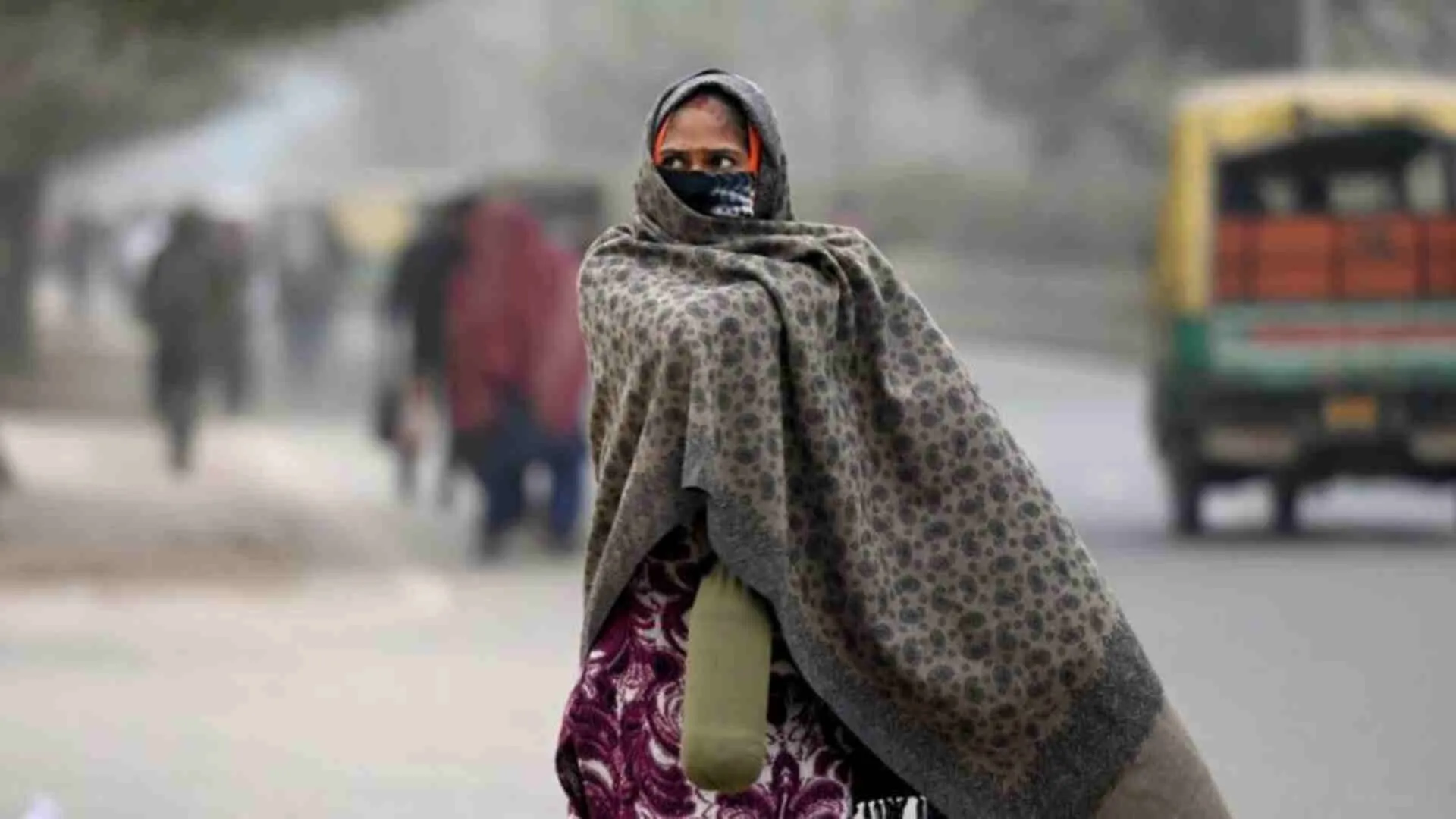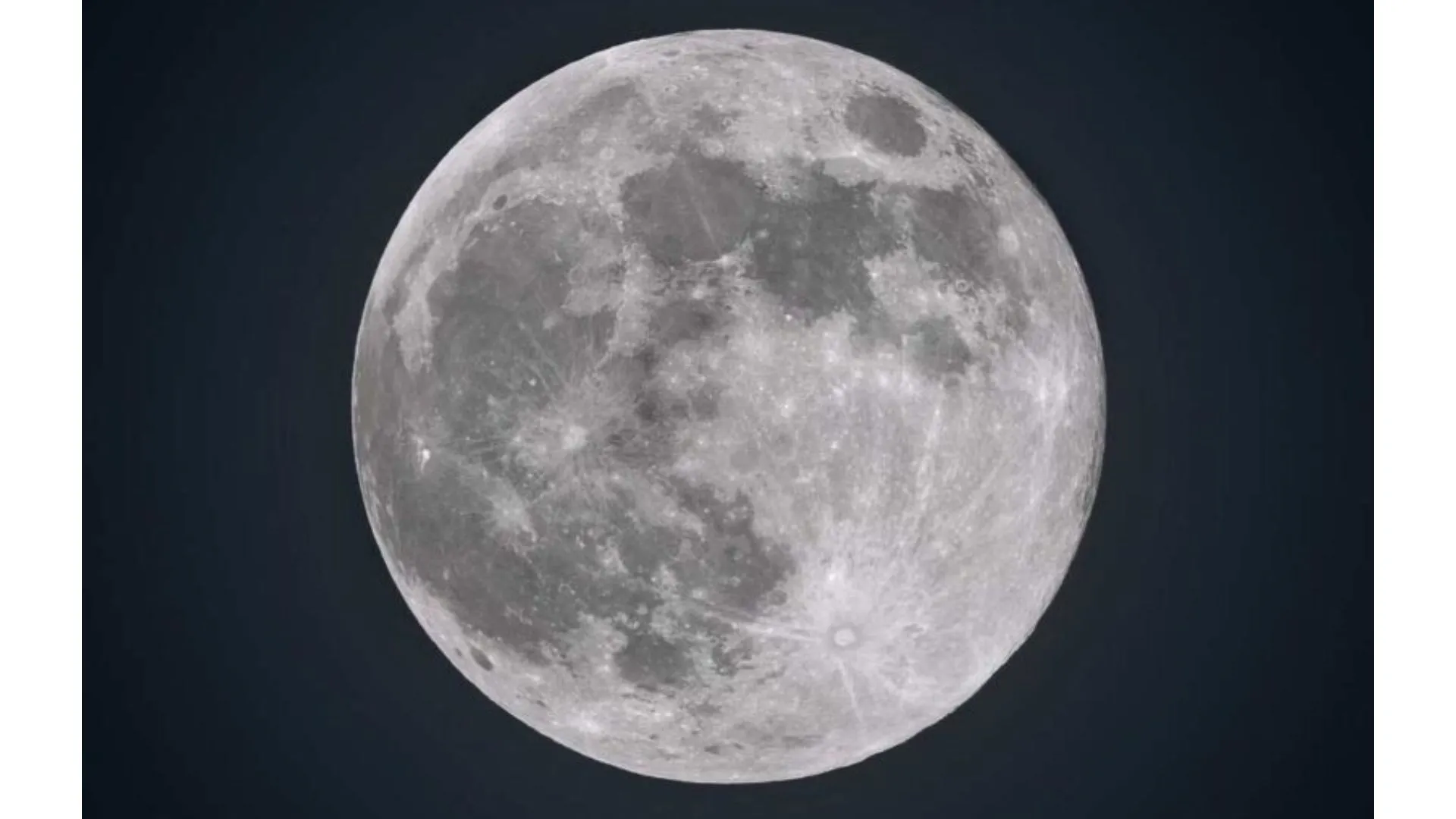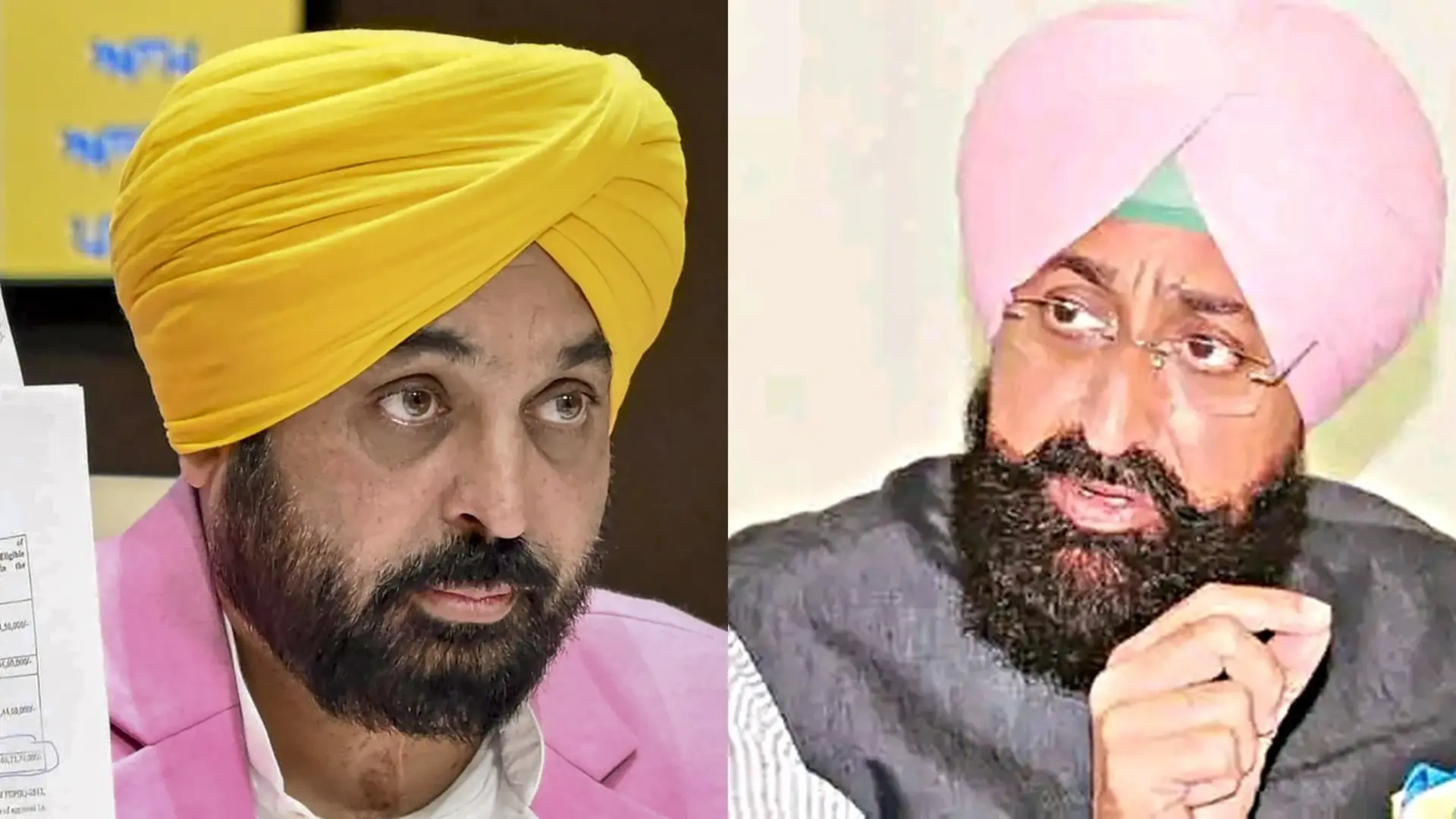The 10-day ‘Mangaluru Dasara’ celebrations culminated on the final day of ‘Navratri’ with a grand procession amidst thousands of devotees.
As the celebrations of Dussehra concluded on Wednesday, idols of all the nine forms of Maa Durga, including goddess Shailaputri (Daughter of mountain), Brahmacharini (Mother of devotion and penance), Chandraghanta (Destroyer of demons), Kushmanda (Goddess of the Cosmic egg), Skandamata (Goddess of motherhood and children), Katyayani (Goddess of power), Kalaratri (Goddess of auspiciousness and courage), Mahagauri (Goddess of beauty and women), Siddhidhatri (Goddess of supernatural powers or siddhis), and Lord Ganapathi were carried in the procession with much zeal and enthusiasm by the massive crowds in Mangaluru.
Navratri, one of the most important and auspicious Hindu holidays, is observed with great fanfare throughout the nation. It honours Goddess Durga and is celebrated for nine days and nine nights. Maa Durga worshippers do a number of rituals, keep fasts (vrats), make special meals, recite shlokas, clean their homes, and dress in new garments during this period.
In addition, each day of Navratri honours Maa Durga, or Shakti’s nine manifestations, commonly known as Navdurga, or the Nine Forms of Durga. According to Drik Panchang, Goddess Parvati, who is regarded as the greatest strength among all Goddesses, is the source of the idea of Navdurga. Worshippers of Maa Durga honour her nine incarnations and offer prayers for happiness in their homes and daily lives.
The celebration started with great pomp and show. Not just that, a massive crowd gathered to celebrate this festival to the fullest by participating in the festivity.
The celebration also included a series of parades by artists dressed up as religious figures.
Dussehra is widely known as Vijayadashami in the southern part of India. It is that time of year when the well-known Ramlila is performed, gorgeous fairs are held, crowds swarm to see Ravan effigies burst into flames, and the aroma of traditional sweets fills the air.
Despite the fact that celebrations and cultural practises vary depending on location in India’s culturally rich country, the fabric that binds everyone together remains the festival.
Dussehra, also known as Dasara, symbolises the triumph of good over evil, and it is tied to two stories. After a fierce battle that lasted more than nine days, it is said that Maa Durga conquered Mahishasura on this day. According to another tale, Dussehra is observed to commemorate Lord Rama’s victory over Lanka’s ten-headed evil king, Ravana.
The tenth day of Navratri, which is comprised of nine days dedicated to honouring each form of Goddess Durga, is Dussehra. Vijayadashami, on the other hand, is the day of victory. While some connect it to the famous Ramayana conflict, others do it to remember Goddess Durga’s triumph over the demonic Mahishasura.
In some regions of the country, Dussehra, also known as Vijayadashami or Dasain, makes way for the Diwali celebrations.
Twenty days after Dussehra, one of the most significant and widely celebrated festivals, the festival of lights – Diwali, commemorates Lord Rama’s return home following his victory over Ravana. However, the main message of the Dussehra festival is that of good triumphing over evil, and it is on this day that people pray for prosperity and good health.
The nine days of Navratri culminate in the killing of Ravana and the burning of his life-size effigy at the Ramlila, together with those of Meghnad and Kumbhakaran, on the day of Dussehra, or Vijayadashami, when the holiday is celebrated with great grandeur.
As each of Ravana’s heads represents a different negative attribute, Dussehra also represents purging oneself of sins or undesirable traits.
In several southern Indian states, Shami Puja is also known as Banni Puja and Jammi Puja. Devotees wish Maa Durga farewell on Dashami, and the visarjan is performed at Aparahna time or Pratahkala while Dashami Tithi is in effect.
The tenth day is also known as Vijayadashmi, when Maa Durga’s idol is submerged in water in the hopes that she will keep an eye on them and fend off all misfortunes and evils. Vijayadashmi and Dussehra commemorate the triumph of good over evil, and worshippers celebrate the festivals by indulging in various foods with their loved ones.

